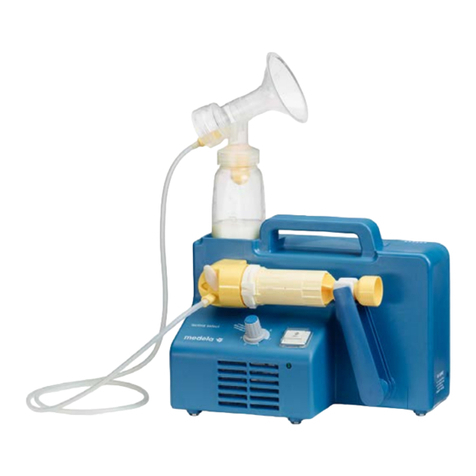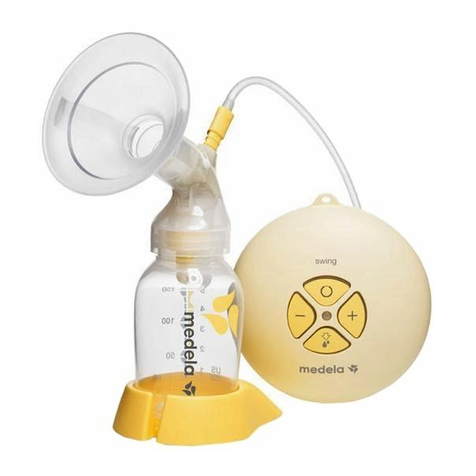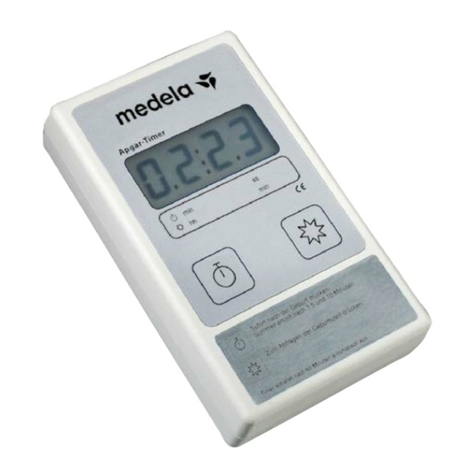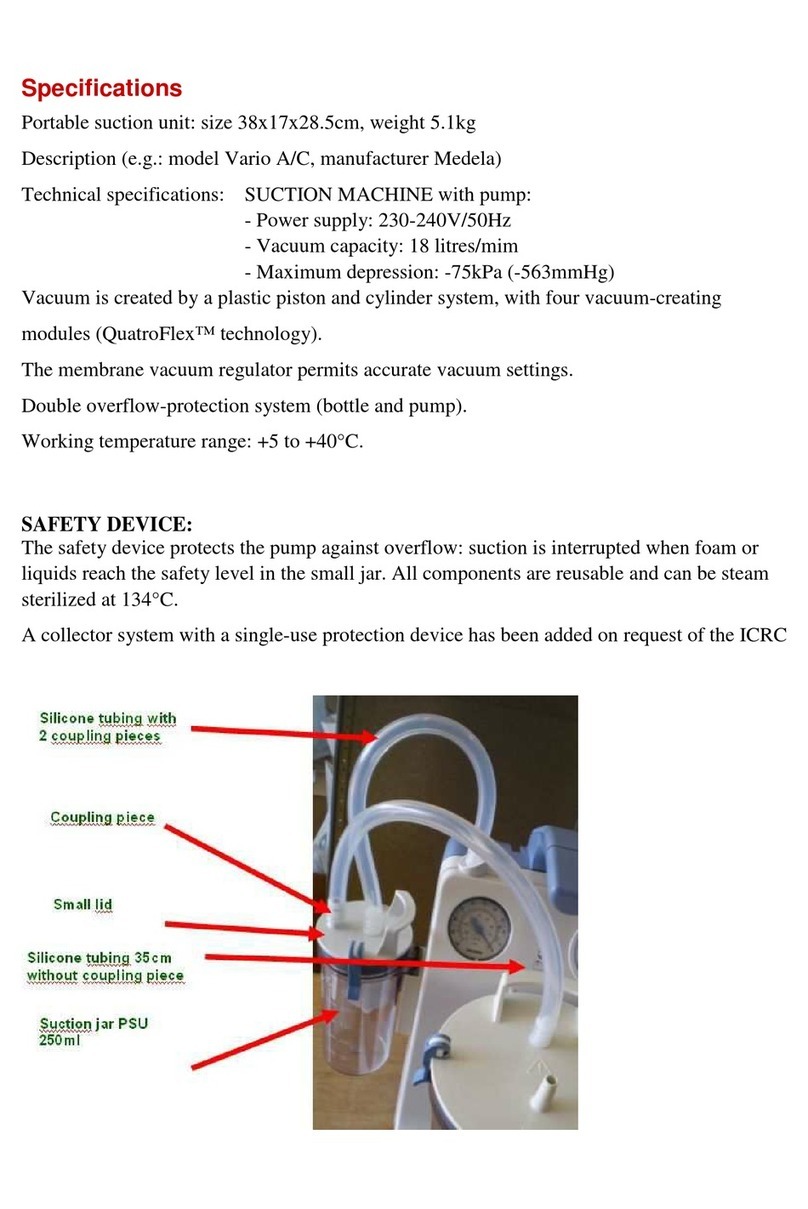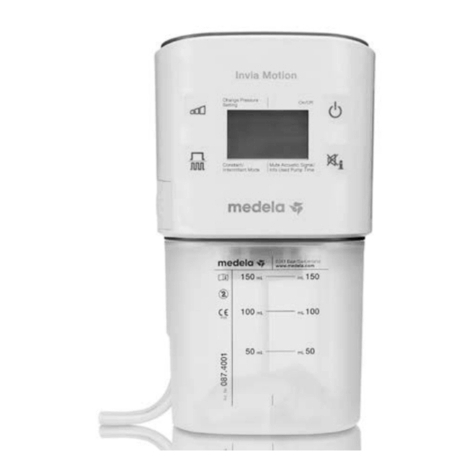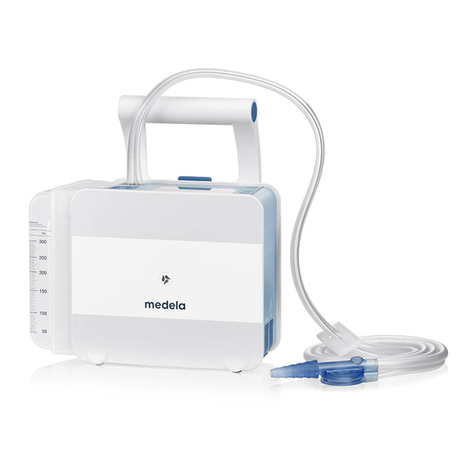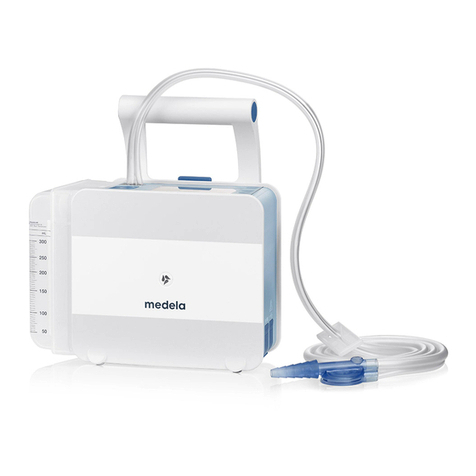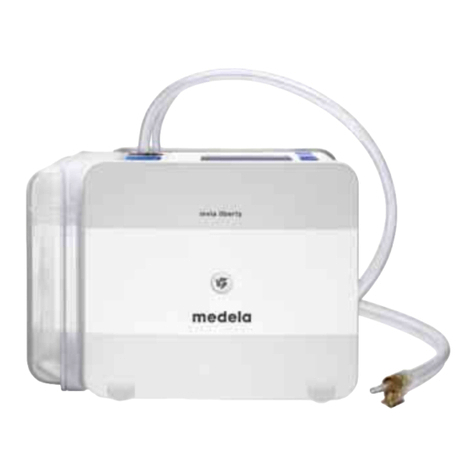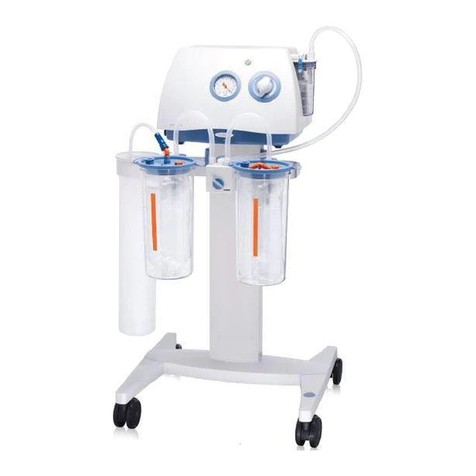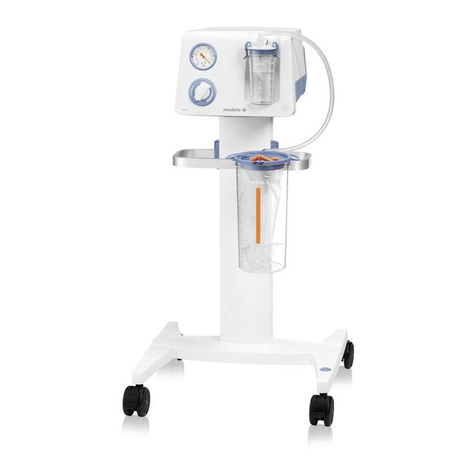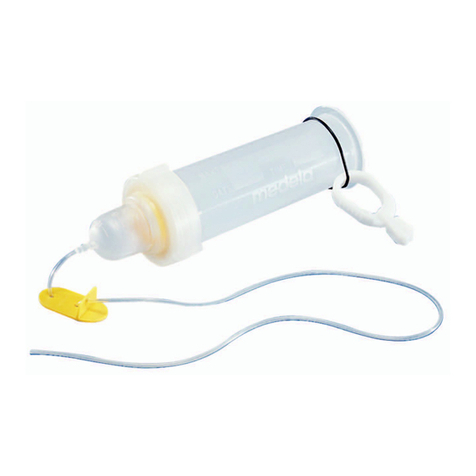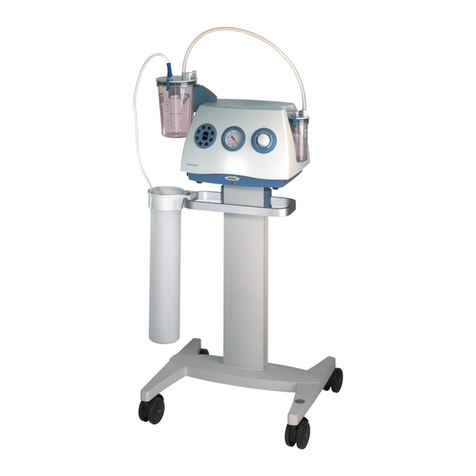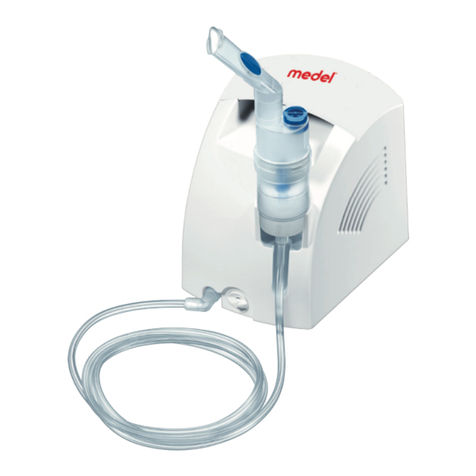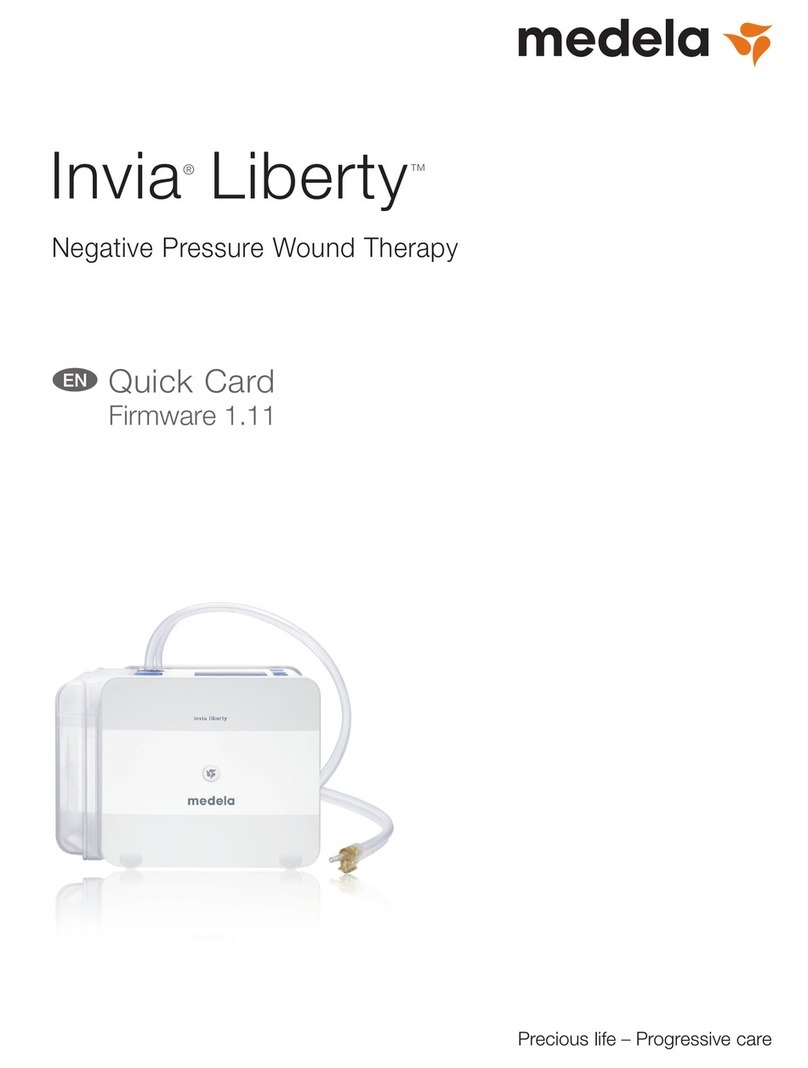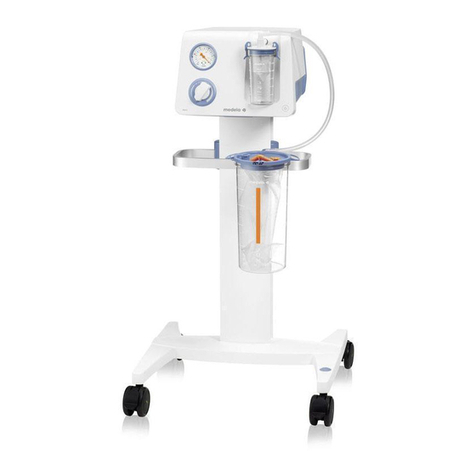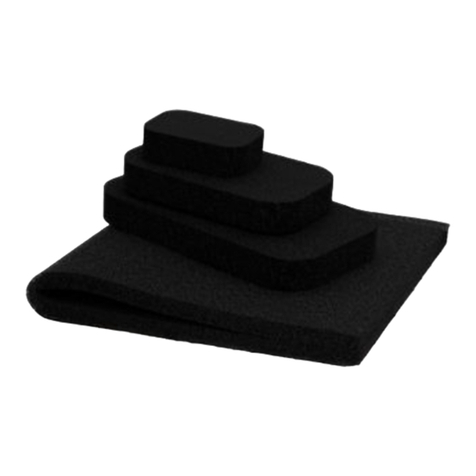
EN
Safety information | 7
– Small adults and elderly patients as well as patients with highly exudating wounds
should be closely monitored for fluid loss and dehydration. When needed, fluid
output in the canister and tubing should be compensated accordingly to avoid excess
fluid loss and dehydration.
– Monitor the patient status and patient comfort level, the exudate collected in the
canister, the wound, and the surrounding skin frequently to ensure efficient and safe
treatment as well as patient comfort. Non-observance can cause pain, injury or lead
to considerable danger to the patient
– Y-Connector: The use of NPWT with single-lumen drain or with the curved arm
of the Invia Y-Connector may increase the risk of exudate accumulation, infection,
maceration, or loss of NPWT while blockage occurs in the vacuum system.
These conditions may only be detected by frequent monitoring and may require
more frequent dressing changes.
5. Wound assessment: Observe wound/periwound tissue and exudate for signs of
infection or other complications. Most common signs of infection include redness,
tenderness, swelling, pain, itching, increased warmth in the wound area, strong odor
or purulent discharge. Additional symptoms to be noted in patient include nausea,
vomiting, diarrhea, headache, dizziness, fainting, sore throat with swelling of the
mucous membranes, disorientation, high fever (>102°F, >38.8°C), refractory hypo-
tension, orthostatic hypotension, or erythroedema (a sunburn like rash).
More serious complications include infection gangrene, toxic or septic shock.
If more serious complications of infection occur, discontinue therapy and consult a
physician immediately.
6. Osteomyelitis: Do NOT use Invia Ease NPWT system on wounds with untreated
osteomyelitis. In the presence of osteomyelitis, thoroughly debride all necrotic or
infected bone tissue and start systemic antibiotic therapy prior to initiating NPWT.
7. Autonomic hyperreflexia/spinal cord injury: Special care is required when NPWT is
used near vagus nerve (bradycardia) or on patients with a history of spinal cord injury
(stimulation of sympathetic nervous system). Should a patient with a spinal cord injury
experience autonomic hyperreflexia in response to stimulation of the sympathetic
nervous system (characterized by a sudden elevation in blood pressure and one of the
following signs/symptoms: bradycardia, headache, flushing, and/or profuse sweating
above the lesion level), discontinue treatment with the Invia Ease NPWT system and
consult a physician immediately.
8. Defibrillation: In the event that defibrillation is required, clamp the tubings and
disconnect the Invia Ease pump from the wound dressing before the patient is
defibrillated.
9. Hyperbaric Oxygen Therapy (HBOT): Do not take the pump into the hyperbaric
oxygen chamber (HBO). When going into the hyperbaric oxygen chamber, clamp the
canister tubing and disconnect the Invia Ease pump prior to patient entering the
hyperbaric oxygen chamber. Note: Do not clamp the dressing tubing and protect the
end of the dressing tubing at the Quick-Connector.
10.Magnetic Resonance Imaging (MRI): The Invia Ease pump is Magnetic Resonance
unsafe. Do not take the Invia Ease pump into MRI environment. When going into MR
environment, clamp the canister tubing and disconnect the Invia Ease pump prior to
patient entering the MR environment. Note: Do not clamp the dressing tubing and
protect the end of the dressing tubing at the Quick-Connector.
11. Risk of fire, electric shock, or serious burns:
– Due to the fire hazard the Invia Ease pump is not for use in potentially explosive
environments including oxygen enriched environments and in areas of flammable
anesthetics.
– Only use the charger that comes with the pump. An inadequate power source may
result in a fire hazard, electric shock or malfunction of the pump.

